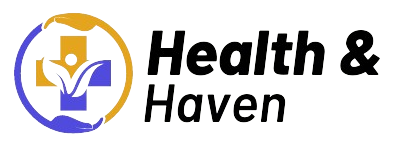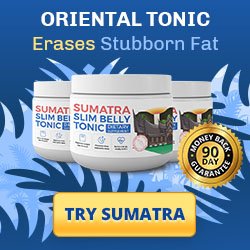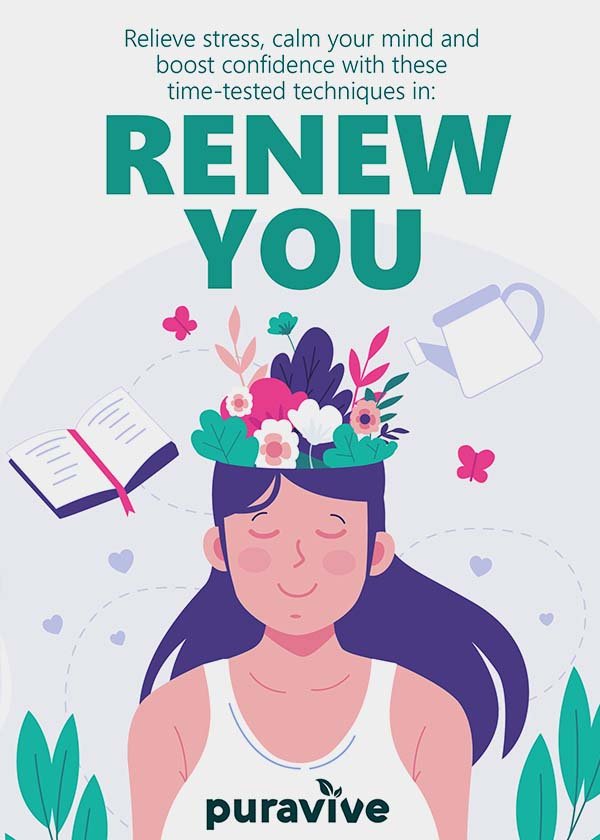Millions of Older People Don’t Get Enough Nutrients – How to Spot it and What to Do About It
By 2050, approximately a quarter of the UK population will be over the age of 65. With this in mind, the World Health Organization (WHO) has put “healthy ageing” on its agenda, which means finding ways to maintain health, wellbeing, and functional ability.
Factors Influencing Healthy Ageing
Everyone ages at a different rate, but there are some things that can affect how well we age, such as adopting healthy habits like regular physical exercise and a balanced diet.
Managing Nutrient Intake in Old Age
Older adults are generally less physically active than they used to be, which means their energy requirement may decrease. However, their nutrient needs typically remain the same or even increase. This suggests that older adults need to consume high-quality nutrients from less energy-dense meals.
Spotting when Someone Isn’t Eating Enough
Undernutrition, surprisingly, affects one in ten older adults who live independently at home. Shockingly, it affects five in ten older adults who live in nursing homes or seven in ten older people in hospital. Being overweight or obese can also mask the signs of malnutrition.
Signs of Malnutrition in Older People
Some classic signs of malnutrition include weight loss due to a decrease in muscle mass leading to difficulties with daily tasks such as dressing, bathing, or walking. When older adults lose weight, they are actually losing muscle mass, which impacts their ability to perform daily tasks.
How to Spot Malnutrition in Older People
* Loose clothing or the inability to button up shirts indicates weight loss.
* Difficulty with swallowing or eating, leading to nutrient deficiencies.
* Loss of stamina or energy, making daily activities hard to accomplish.
* Increased or unintentional weight loss, leading to premature aging.
* Increased risk for falls, hospitalization, or frailty.
Fortification: A Simple and Effective Measure
Making small changes to food choices such as adding protein-rich foods, iron-rich foods, and vitamin D from sunlight can have a significant effect.
Key Nutritional Needs for Older Adults
Older adults require less energy but still need essential nutritional elements. Protein, for instance, preserves muscle mass and can help seniors maintain independence. It is easily incorporated into meals, such as incorporating milk, cheese, eggs into mashed potatoes, adding nuts in salads, or consuming soy beans.
Physical Exercise
Physical activities like balance exercises, strength-training, and aerobic exercises are essential at any age, especially in older populations. Regular exercise not only maintain physical health but also improves mental well-being, reduces the risk of falls, and overall enhances quality of life.
Conclusion
Healthy ageing entails a combination of a balanced diet, consistent physical exercise, and awareness of how to spot malnutrition signals. It is crucial to emphasize the importance of nutrient-dense meals designed specifically for older adults, taking health and nutritional requirements into account in order to ensure optimal health ageing.
FAQ
Q. Should older adults take supplements?
Ans. While supplements can be helpful under certain circumstances, it is crucial to consult medical professionals before adding supplements to one’s diet.
Q. What is the best balance between energy intake and nutrient composition for older adults?
Ans. Find a balance between consuming nutrient-rich diets and energy-dense foods. Aim at a diet with high-quality protein foods, healthy fats, and soluble fiber.
Q. What are some lifestyle changes that can be made easily to promote healthy ageing at home?
Ans. Encourage increased physical activity, healthy eating options, and mental stimulation. Incorporating strength training exercises and balance-related activities can be particularly beneficial.
Note: This content is a SEO-optimized version of the source text, with a focus on nutrient intake and malnutrition in older people, and includes headings, subheadings, and a FAQ section.
Please let me know if you’ll need any further assistance!
Recommended Products:
-

Applied Nutrition Liquid Soft-Gel, Green Tea, Fat Burner – 30 Ct
$13.99 Buy Now -

Toplux Keto MCT Oil Capsules – 3000mg Natural Pure Coconut Oil Extract Pills, Source of Energy, Easy to Digest for Men Women, 90 Softgels, Supplement
$29.97 Buy Now -

Jacked Factory Yohimbine Extra Strength Supplement, 270 Capsules – Premium Yohimbe Bark Extract for Experienced Users – Body Recomposition, Energy & More – Zero Fillers – 270 Veggie Capsule Pills
$18.99 Buy Now



